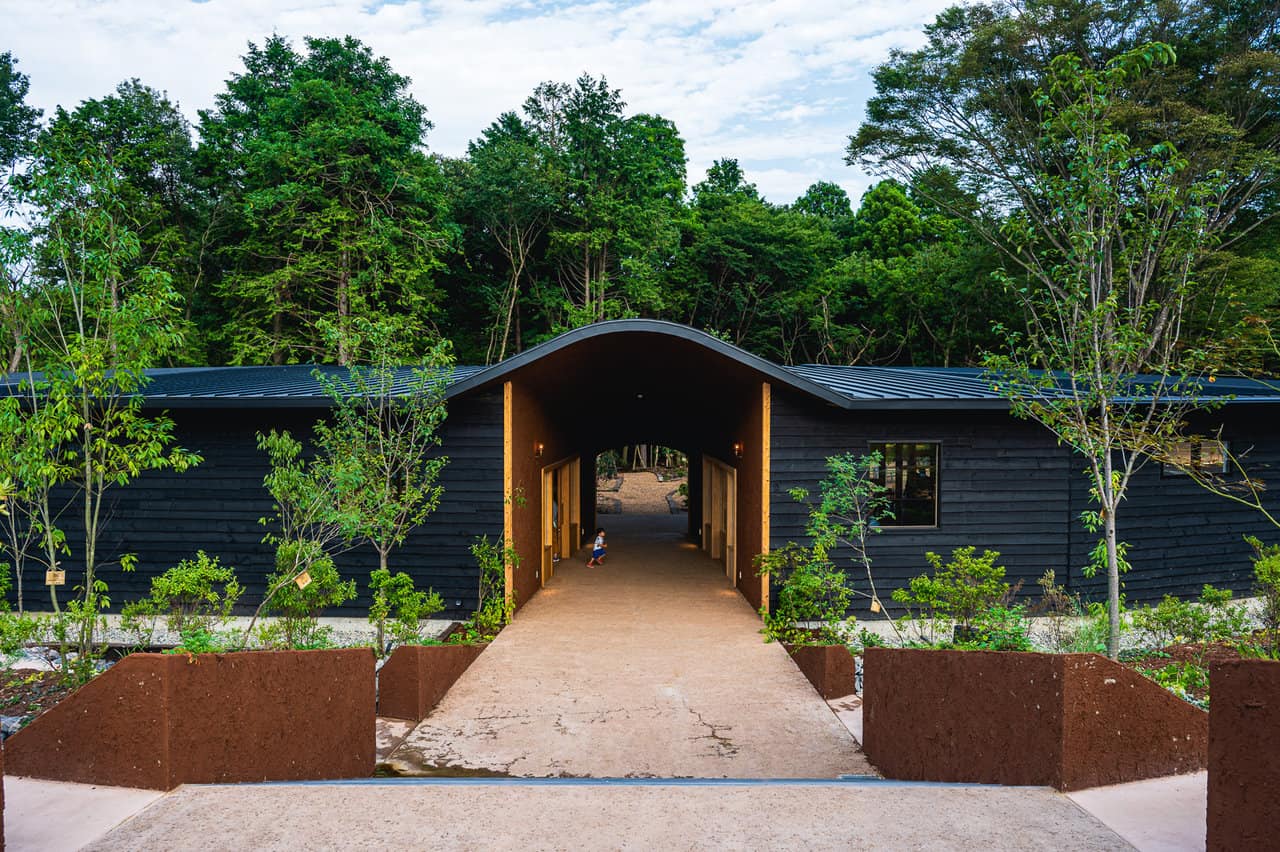As the world returns to travel as a business and leisure activity after a forced hiatus, once again, we are faced with the question of how to ensure tourism is a positive force in this world to increase global understanding across national borders, support local businesses and economies, and reduce the environmental footprint large-scale tourism has left on the planet. “Sustainable Tourism” is now a topic of consideration for many global travelers, even if we still don’t know exactly how to define it.
The concept of sustainable tourism sparks a healthy debate today as people seek to wrap their heads around the idea of how to make sure the benefits of tourism outweigh its costs to the environment and society as a whole. So what is sustainable tourism, and what examples are there in destinations of the Kanto area in and around Tokyo?
Over the past year, Tokyo and Around Tokyo has revealed dozens of amazing locations and activities in Tokyo and ten of its surrounding prefectures from the perspective of sustainable tourism on its social media accounts. I have selected four locations in Fukushima, Ibaraki, Tochigi, and Gunma prefectures that I feel represent extraordinary efforts to support their local communities in many ways: collaboration with local businesses and services, preserving the local history and culture, and above all, creating something attractive to visitors beyond the local borders.
Best of all, visitors to Tokyo can access these places using discount passes offered by Japan Rail (JR), making travel quick and convenient.
- Yodge: A Night in a Beautifully Redesigned Schoolhouse, Workshop & Nature Retreat in Fukushima Prefecture
- Guesthouse Kominka Eguchiya: Ghibli-Inspired Sake Brewery-Turned Sustainable Accommodations in Ibaraki Prefecture
- Good News: Sustainably-Minded Businesses and Shopping Under One Roof in Tochigi Prefecture
- Shiroiya Hotel: Art & Luxury Redefined in this Concrete Building in Gunma Prefecture
- Use the JR Pass to Save Money On Your Trip
Yodge: A Night in a Beautifully Redesigned Schoolhouse, Workshop & Nature Retreat in Fukushima Prefecture
Yodge (森の駅 Yodge) was created from the structure of an old schoolhouse in Tamakawa Village (玉川村), Fukushima. Using the “good bones” of the wooden structure originally built in 1910, the entire interior was redesigned in a modern yet rustic style with several rooms for accommodation, a restaurant, a large workshop space, a common area for relaxing, and an upstairs library. Outside the building are campsites, a bonfire site, and a tent sauna. In 2022, Yodge won the Fukushima Architecture and Culture Award, which recognizes facilities built in harmony with their environment and maintain the natural beauty of their surroundings.
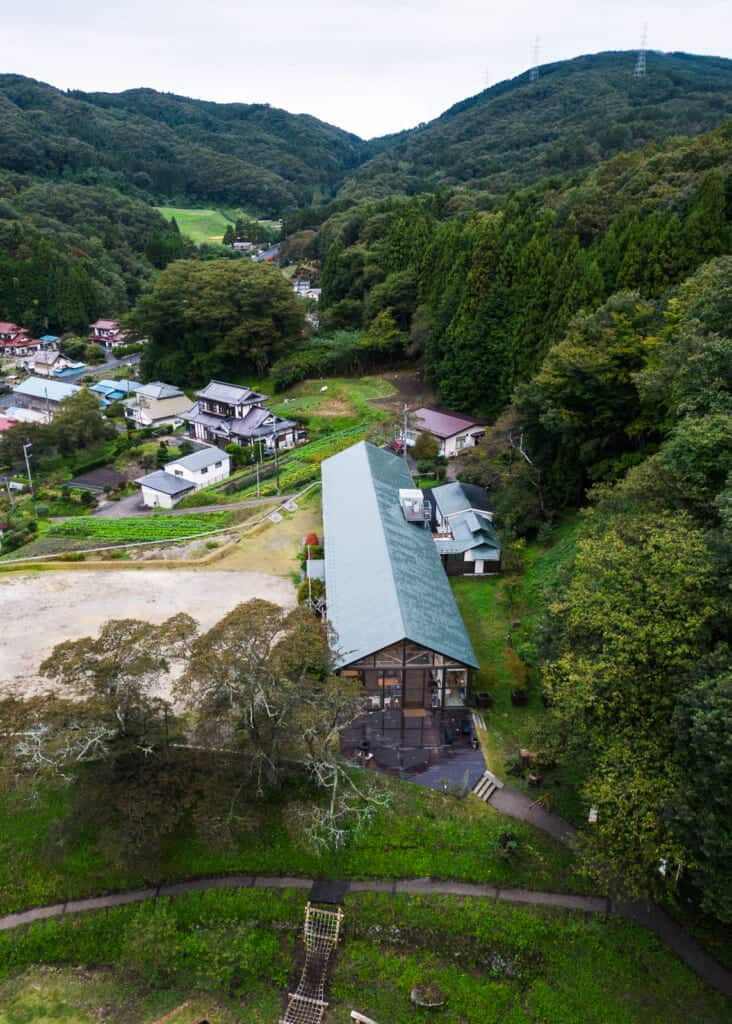
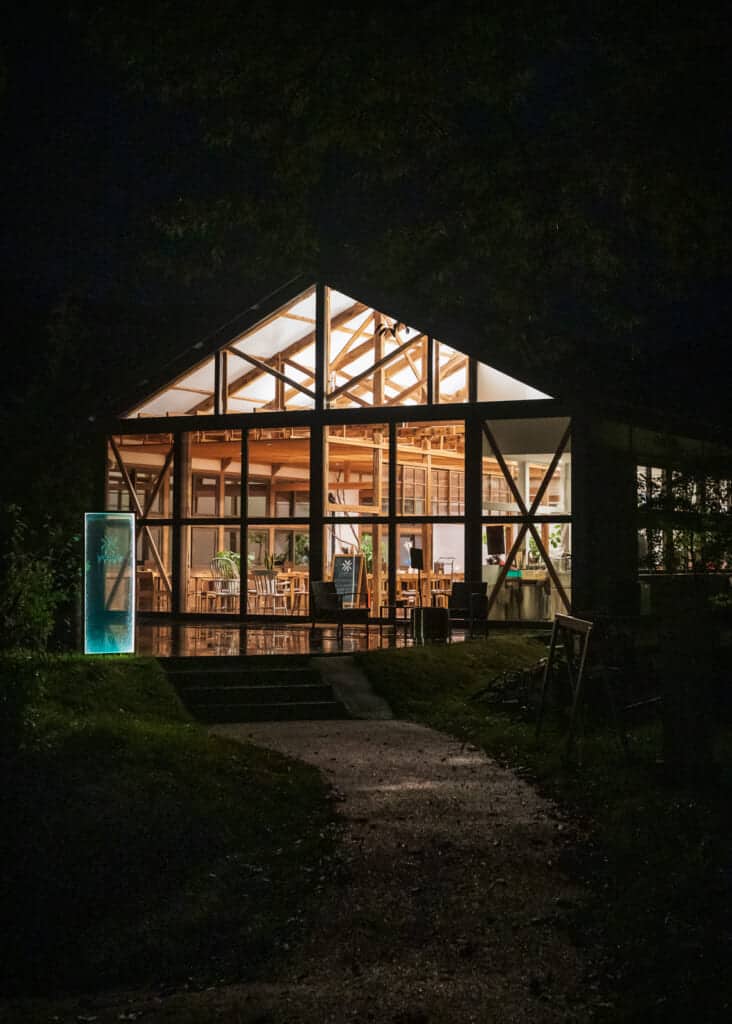
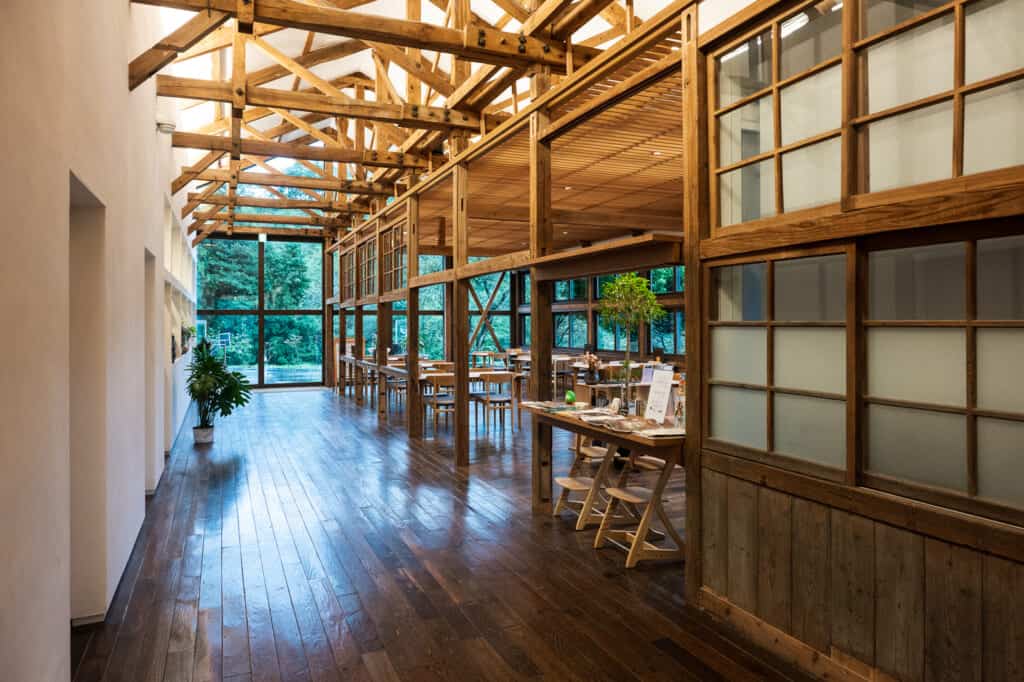
Accommodations are in one of the five simple rooms inside the facility or outside, either in a trailer unit or on one of the campsites. There are communal gender-segregated baths as well, beautifully designed for relaxation, just like the rest of the facilities at Yodge.
You’ll find no clocks anywhere around Yodge. It’s a design feature to remind visitors that life doesn’t need to be constantly broken down into measurable bits. The passage of time here is measured by sunrise and sunset, and there is nothing particular to do here beyond relaxation. Feel free to sleep in, wake up to the sun on your face, and enjoy a huge breakfast prepared by the staff. Later, go for a hike along the Abukuma River or chill outside around the tent sauna all day long.
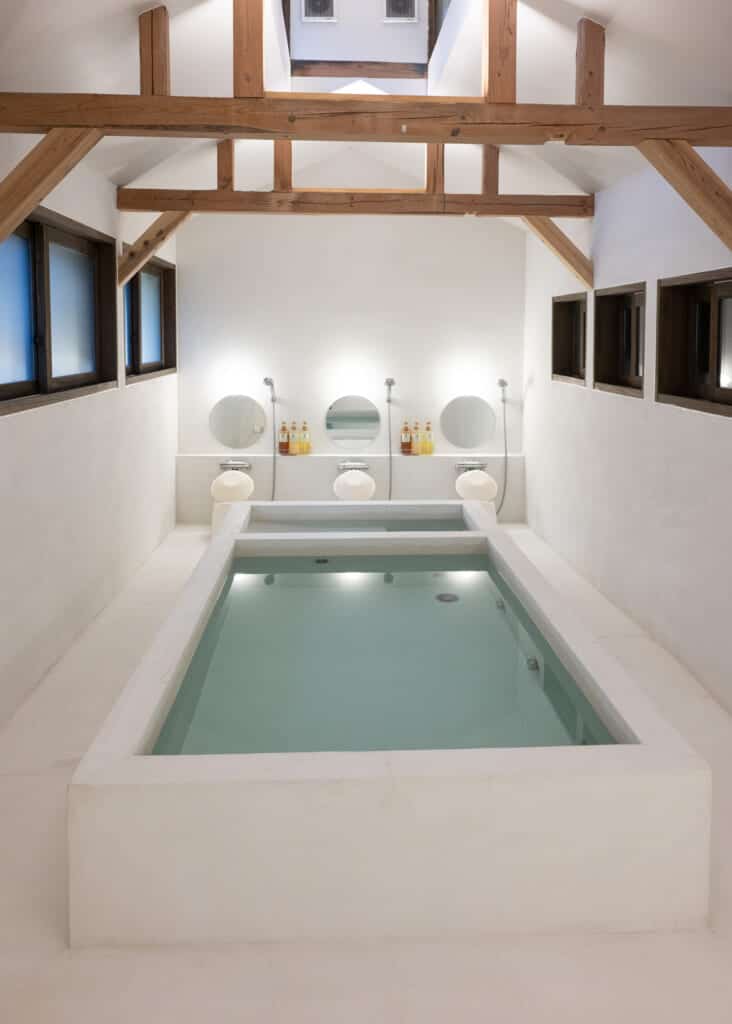
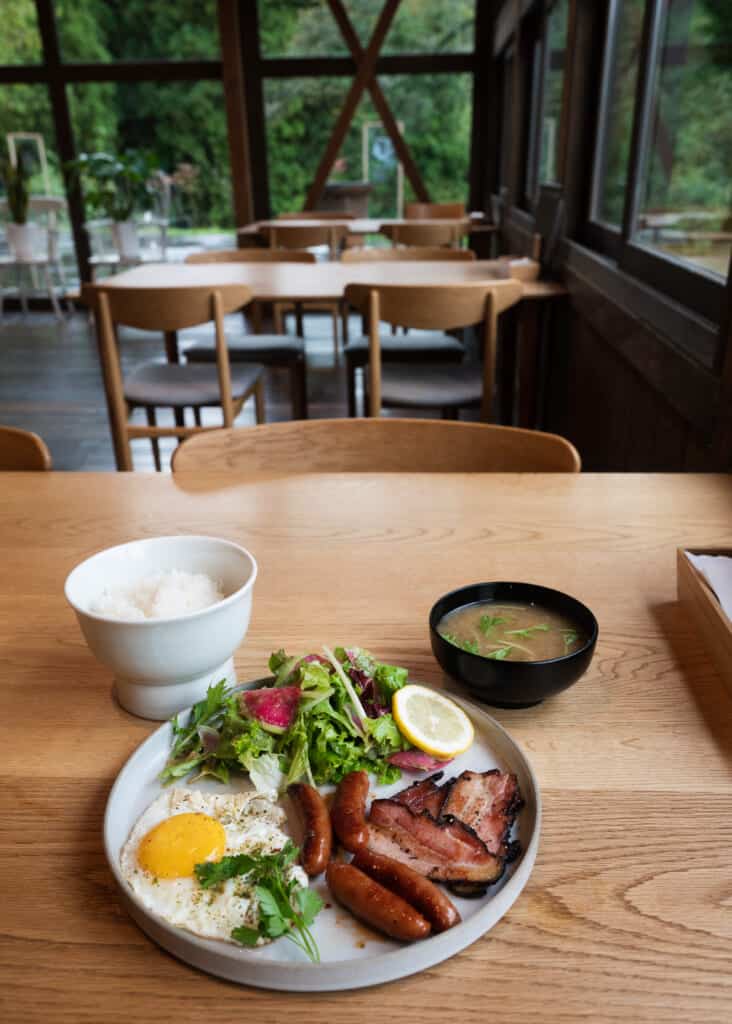
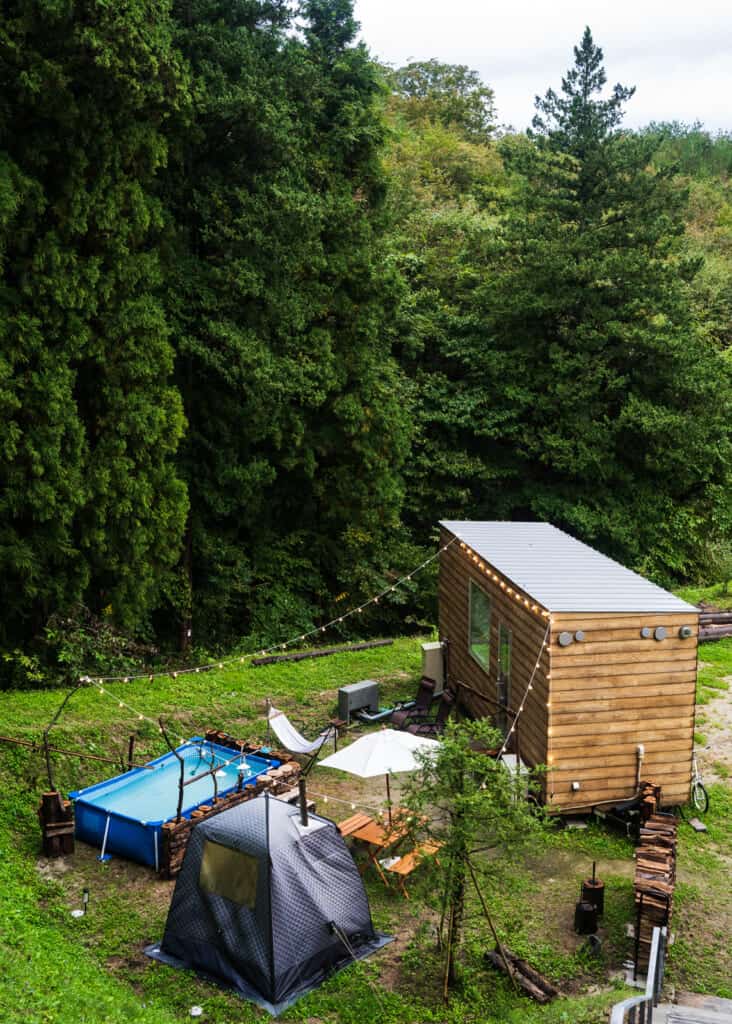
If you’re the type of person who can’t just sit still all day, Yodge can arrange simple activities in partnership with local individuals and businesses to keep you busy. Learn to cook a new type of dish at a workshop. Experience a little bit of farm life with the help of local farmers. Bake your own oven-baked pizza or barbeque local meats and vegetables for dinner. Each activity offered by Yodge uses local products or people as resources, supporting the local economy.
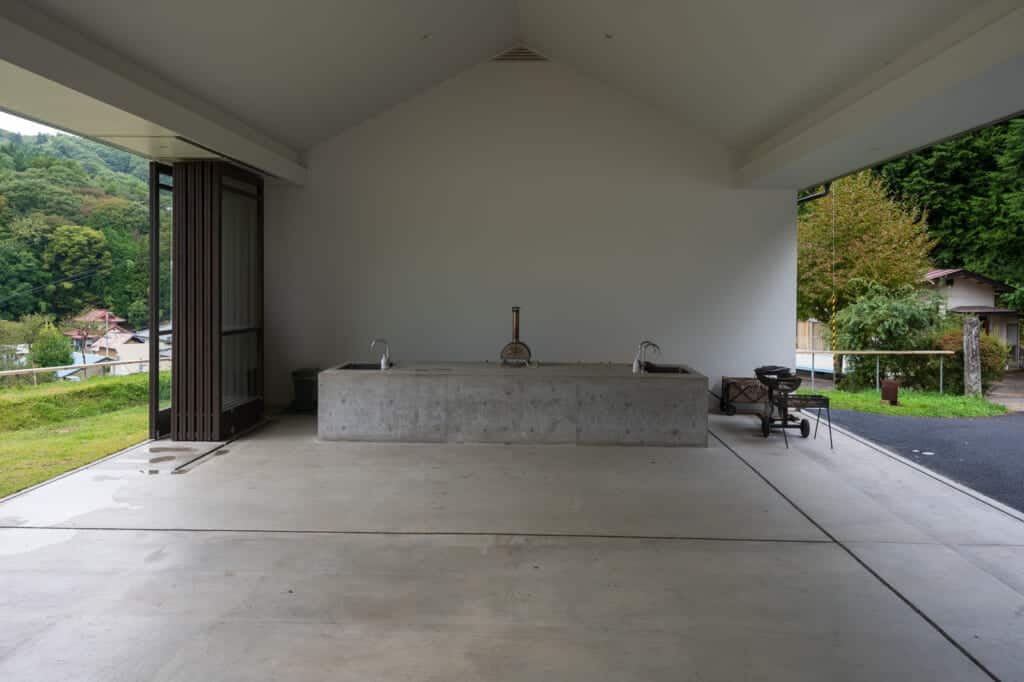
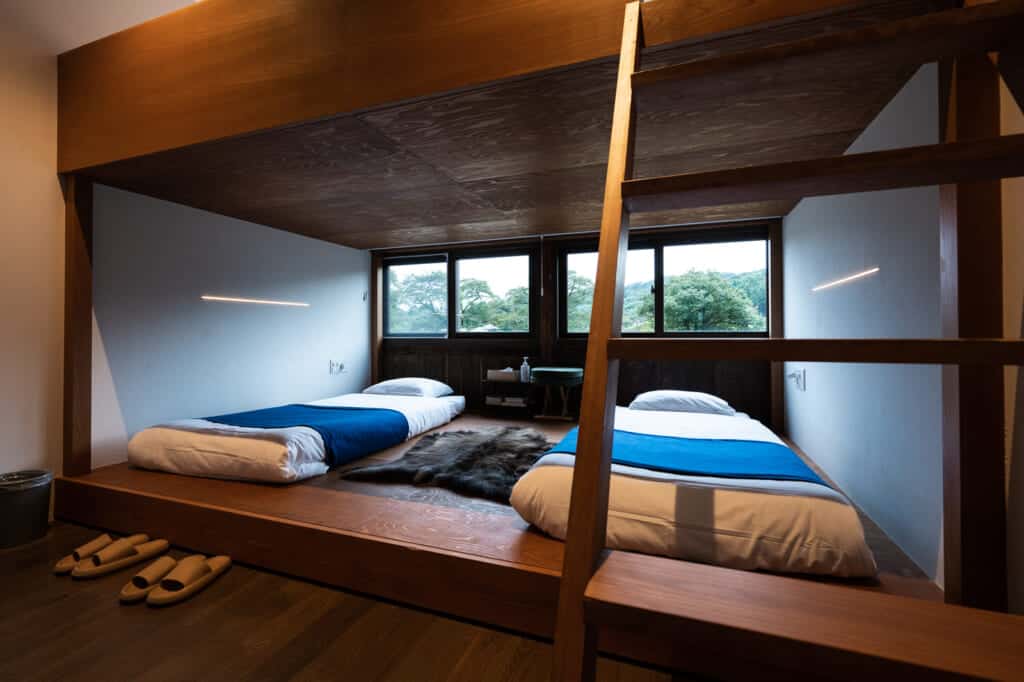
Beyond just being a destination for visitors to Fukushima, Yodge is a community space where locals and visitors can interact. The best memories travelers have often centered around interactions with people, meeting someone new, and having an enjoyable time of laughter and conversation.
Guesthouse Kominka Eguchiya: Ghibli-Inspired Sake Brewery-Turned Sustainable Accommodations in Ibaraki Prefecture
On the shores of Kasumigaura Bay (霞ヶ浦), a former sake brewery has been given a second life as an accommodation for visitors to Ibaraki Prefecture. This beautiful building dating back to the Meiji Period of the late 19th century was simply too amazing to ignore, so local craftspeople came together to preserve it while modernizing the interior to house eight guests comfortably. The beams making up the house’s framework were preserved, and items from the sake brewery era, such as ceramic bottles and signage, were used in the interior decor.
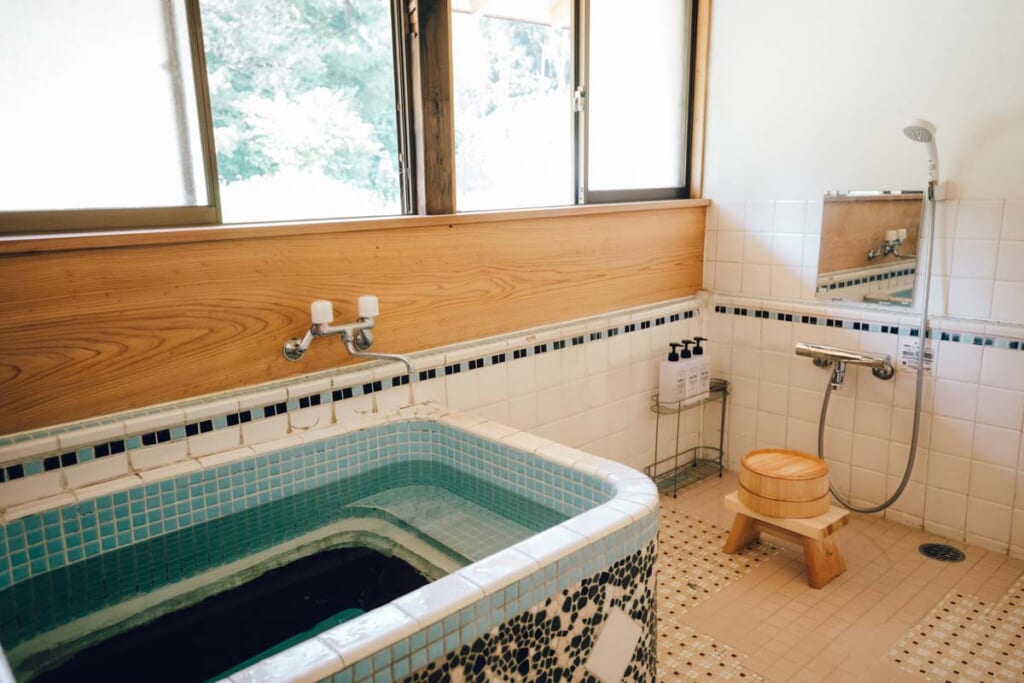
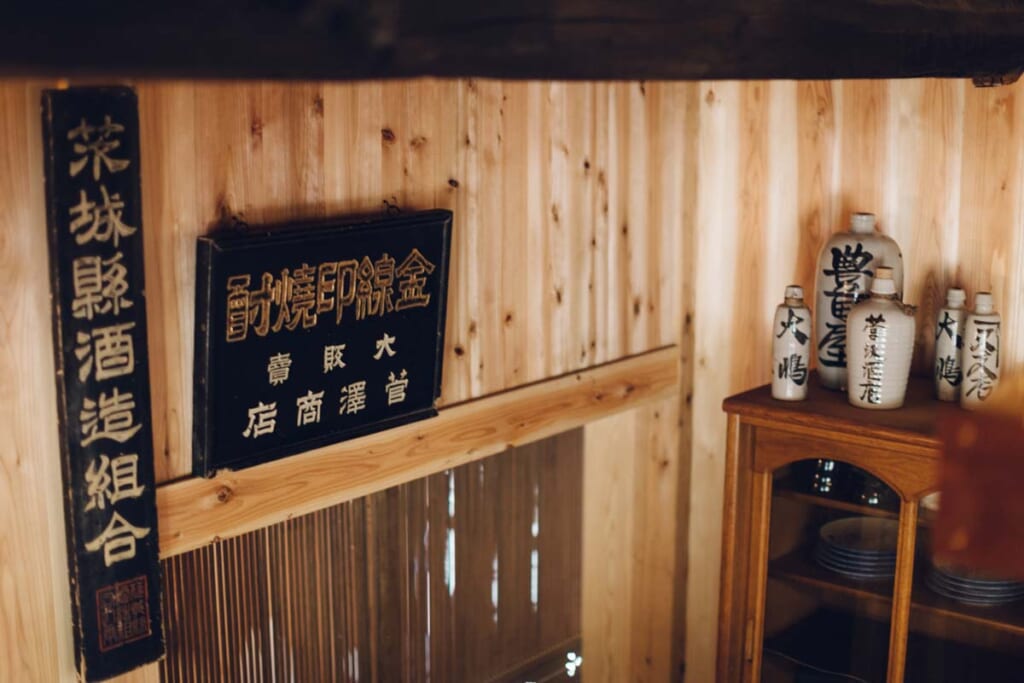
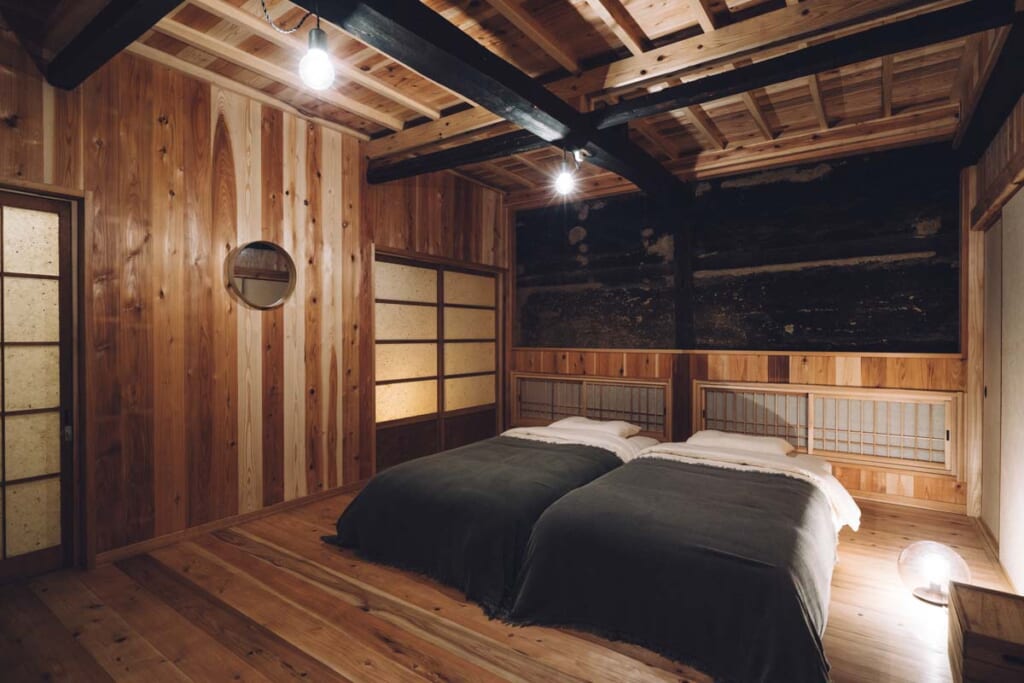
The four rooms are spacious and airy, with large windows to let in plenty of light and either tatami mat floors with futon beds or western-style beds on wooden floors. Some guests commented that the bath, left largely in its original condition, reminded them of the bath from Studio Ghibli’s animation “My Neighbor Totoro.” In response, one of the staff members hid 14 “makkuro kurosuke” (cute little dustballs seen in the film) around the house for guests to discover.
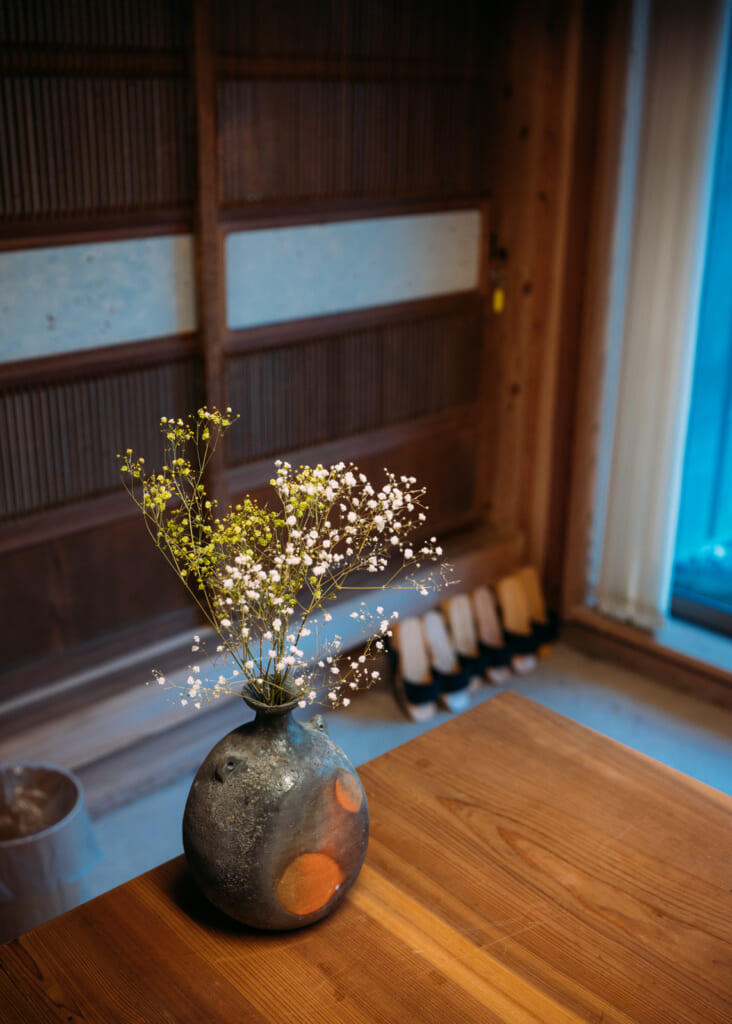
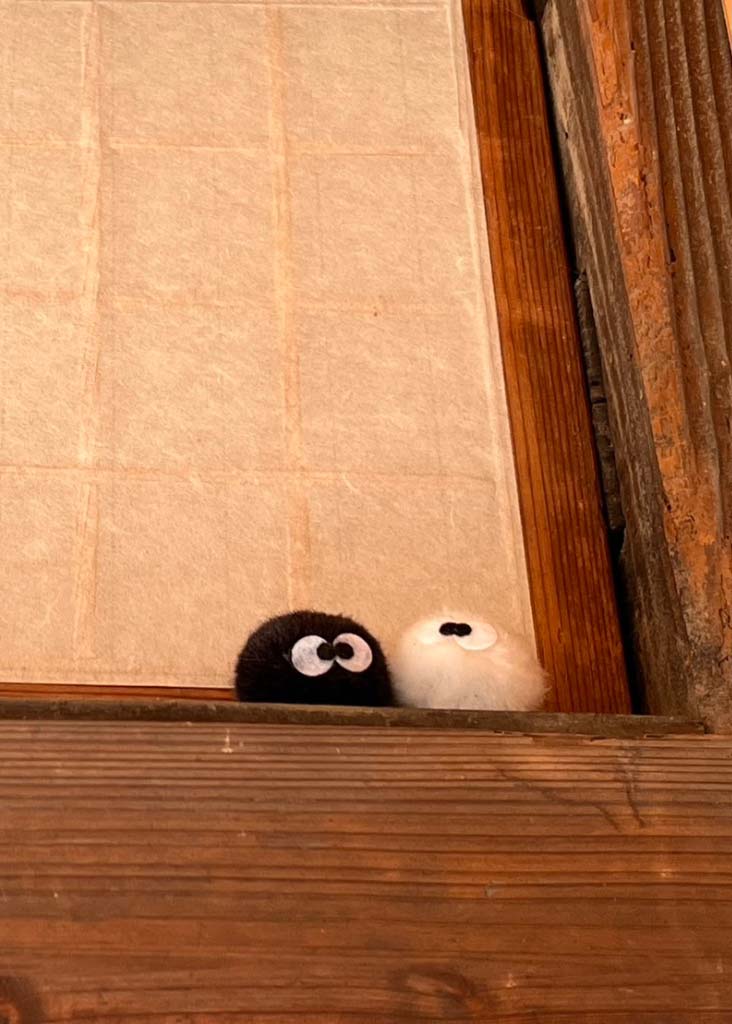
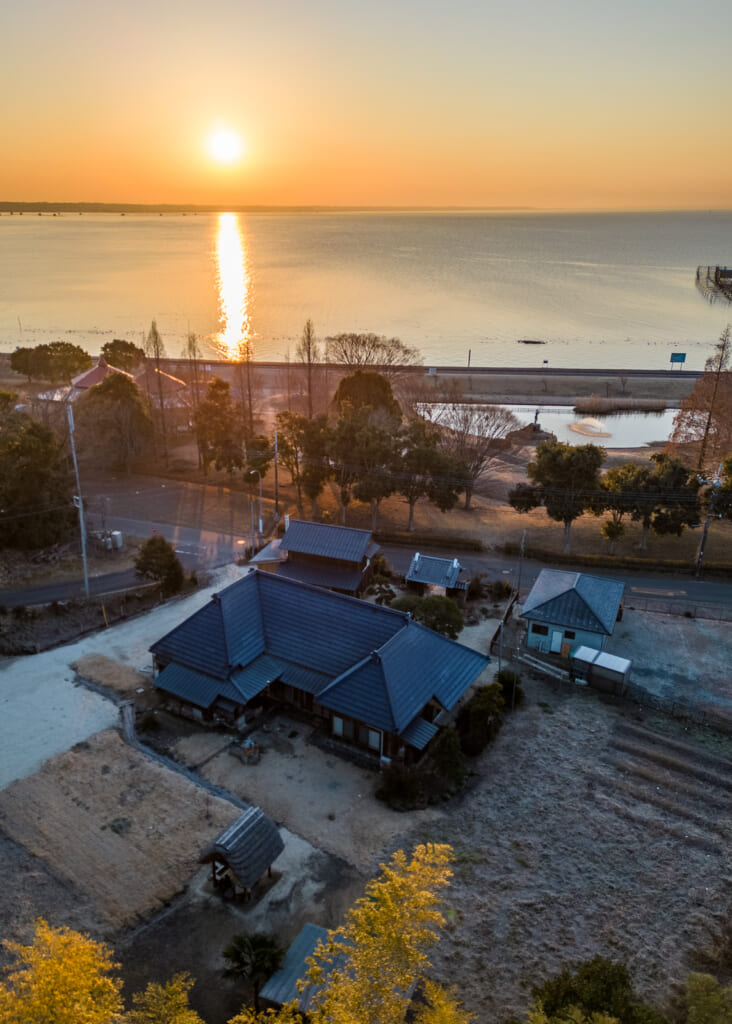
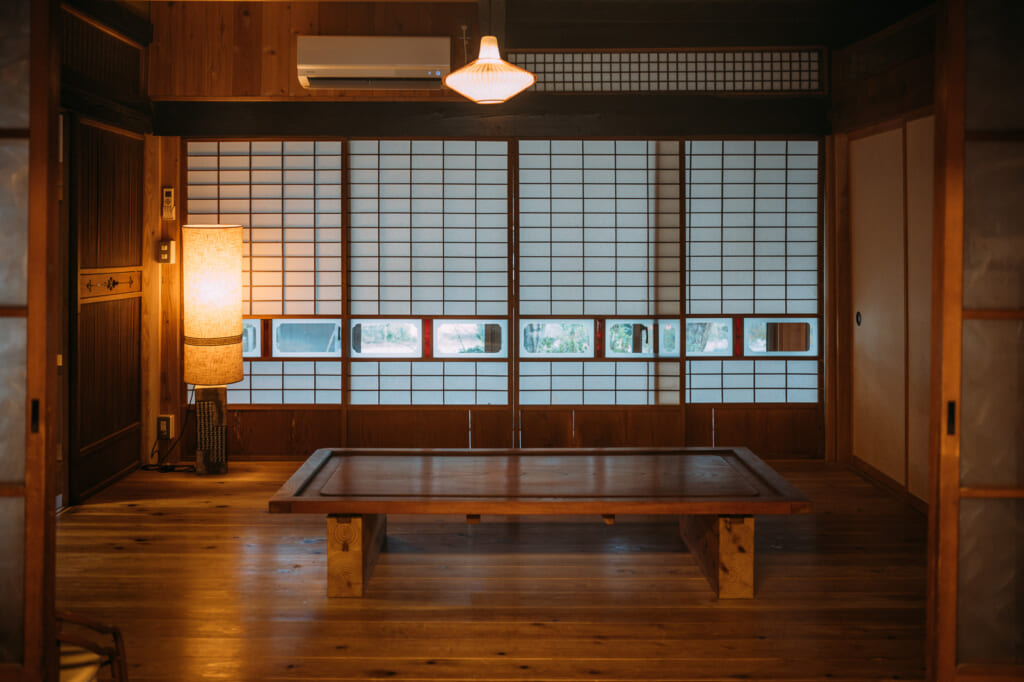
This kind of renovation of old buildings is not uncommon in Japan; author Alex Kerr has been imploring local communities to save and revitalize semi-historical buildings across the country for decades now and leading by example. Less common is the care and effort the staff in charge of Eguchiya has put into connecting guests with the local culture and community. Every aspect of your stay at Eguchiya is connected to this scenic part of Ibaraki Prefecture.
Take your meals, for example. Although many guest houses have full kitchens for guests to make their own meals, Eguchiya’s main kitchen is strictly off-limits to guests. Instead, a skilled chef comes to the guest house to prepare dinner (optional) and breakfast using a wide variety of seasonal local ingredients: renkon lotus root, local fish caught in Lake Kasumigaura, rice and eggs produced on nearby farms, and handmade miso aged for three years. Local craft beers and sake are on hand as well.
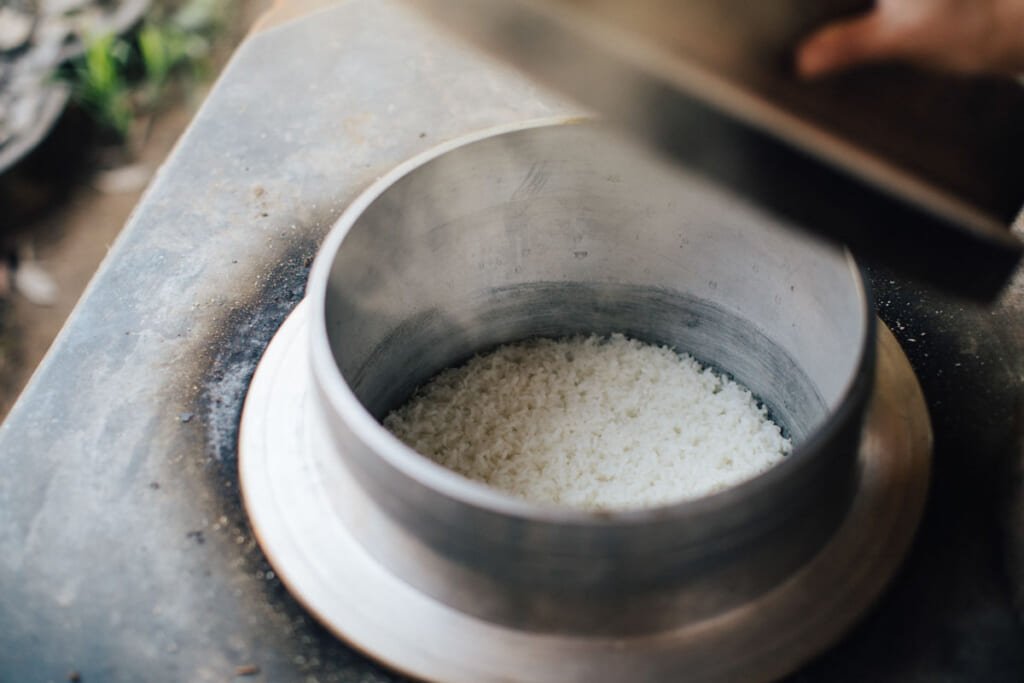
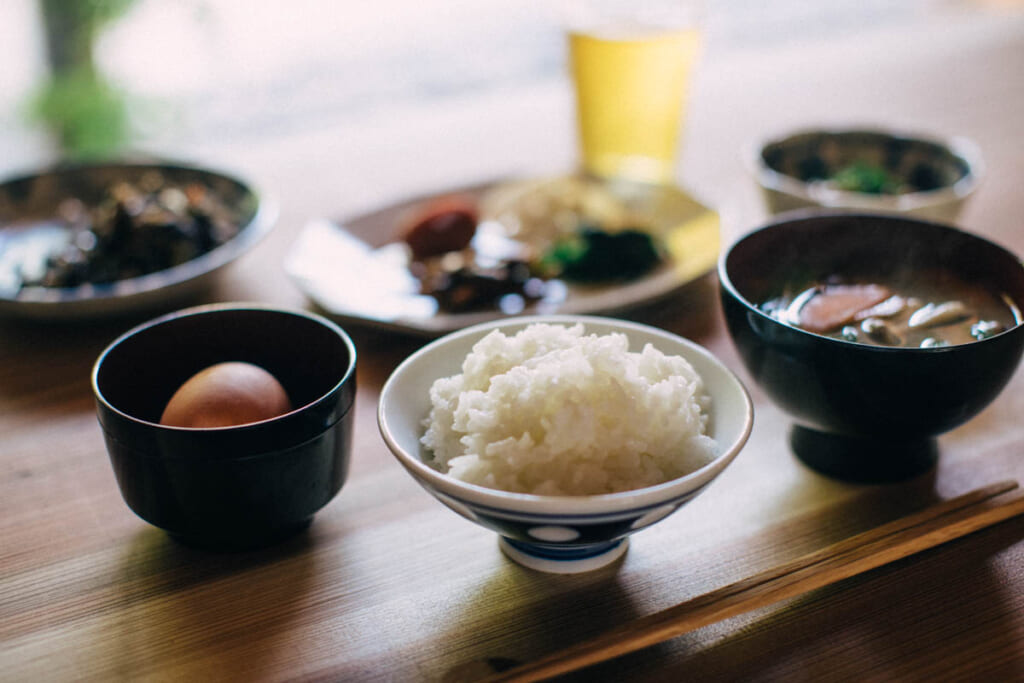
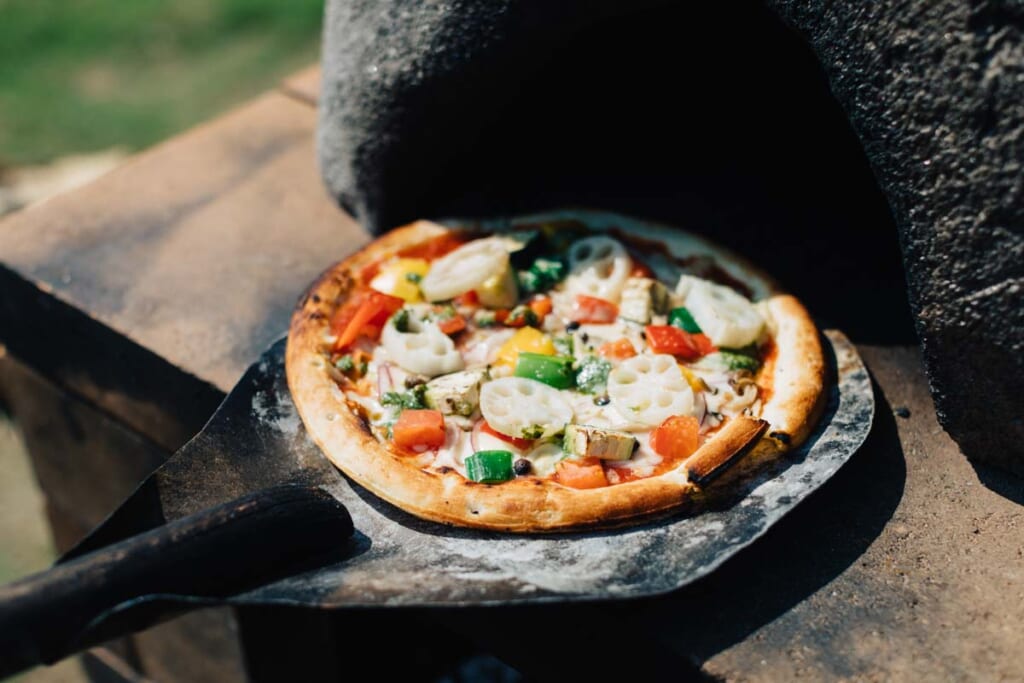
Eguchiya also encourages the exploration of the local community, providing several bicycles that are free for guests to use during their stay. The Tsukuba Kasumigaura Ring Ring Road is a nationally designated cycling route that includes lake Kasumigaura; some visitors take advantage of it for a full day of cycling. Eguchiya is also a perfect home base to explore some of Ibaraki’s other major attractions, including Kairakuen, one of the 3 Great Gardens of Japan, and Hitachi Seaside Park with its highly Instagrammable displays of seasonal flowers.
Good News: Sustainably-Minded Businesses and Shopping Under One Roof in Tochigi Prefecture
Nasu (那須町) is an agricultural town on the northern border of Tochigi Prefecture, hardly a tourism magnet in its own right, with the exception of several onsen resorts located in the Nasu Kogen highlands up the mountain. So perhaps I could be forgiven for being skeptical that I would find anything of interest at Good News, a collection of businesses united in the idea that a little rural town like Nasu can be a significant contributor to the world of sustainable tourism. In short, the folks responsible for the Good News movement blew my mind.
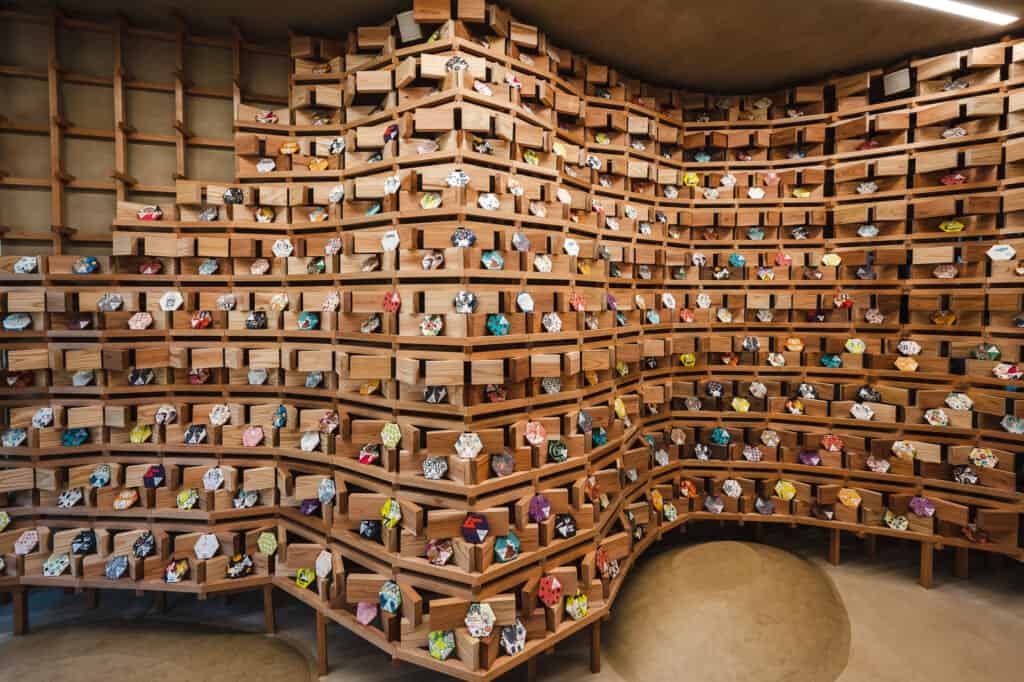
Nasu is a town with an established history of dairy, along with some recent success stories like “Butter no Itoko,” is made with skim milk, which is extracted whole milk is converted to butter. Good News has a mission to fuse the town’s agricultural roots with tourism and welfare, aiming to attract visitors who believe in similar values of the Good News collaborators: producing high-quality organic foods, reducing food waste, protecting the local environment, and providing employment opportunities for local people.
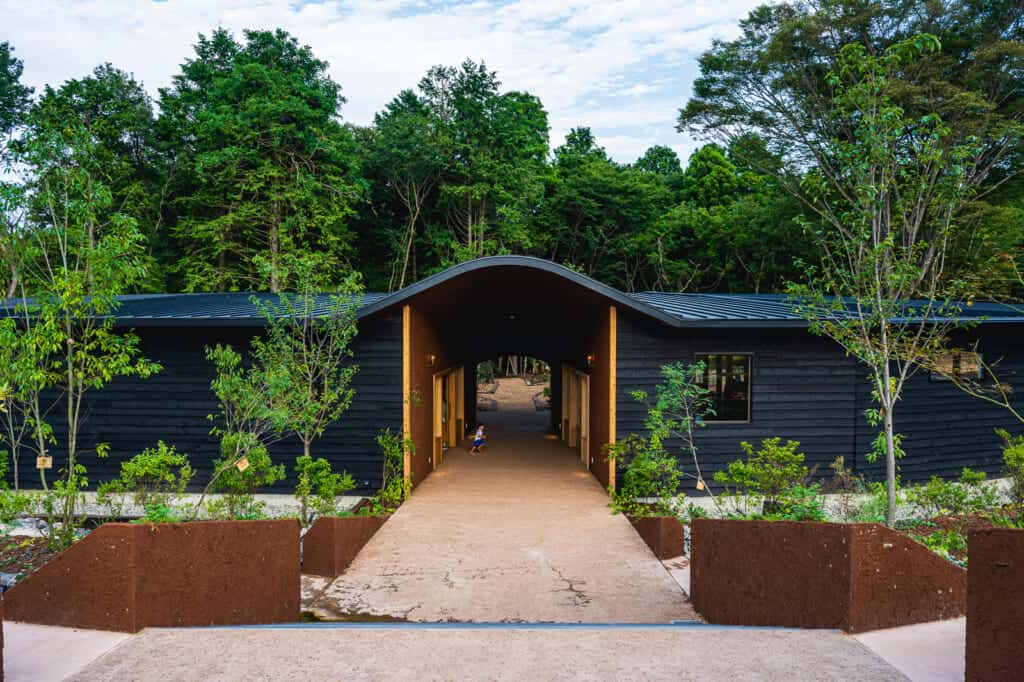
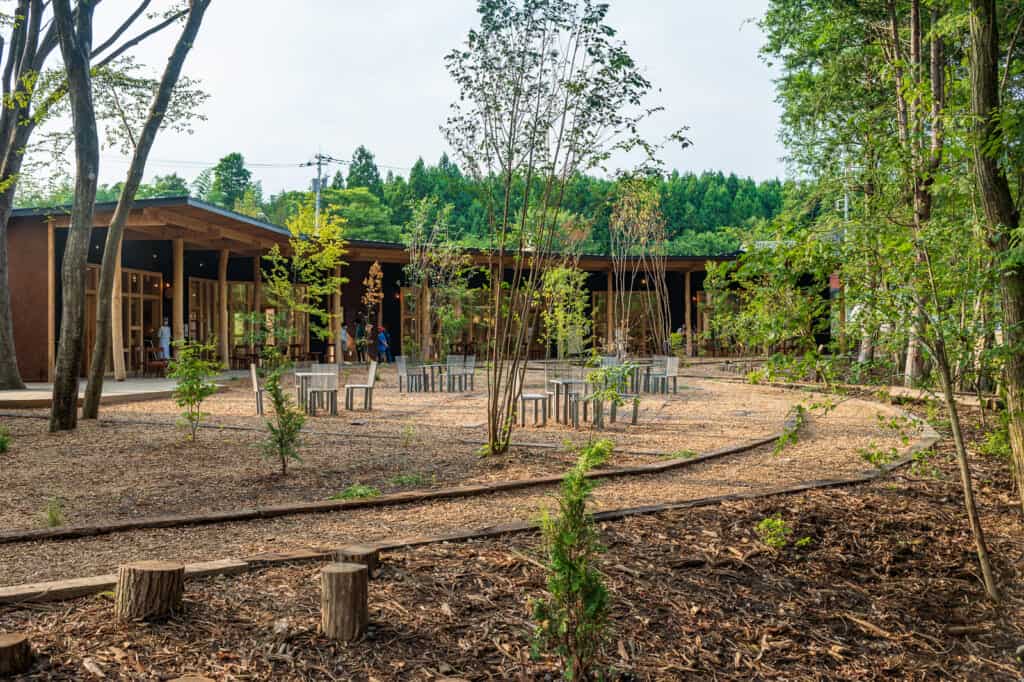
The result is a facility consisting of a collection of environmentally friendly shops, restaurants, and services sitting at the edge of a small forest that Good News helped to rehabilitate. The forest itself is an integral part of the complex, offering visitors a place to enjoy a stroll or cool their heels in the stream that runs through it. Wood and other materials cleared from the forest were used in the construction of Good News; wood chips from downed trees were used in the materials for the stucco walls and walkways throughout the complex. The facility looks and feels like part of the natural environment because, in fact, it is.
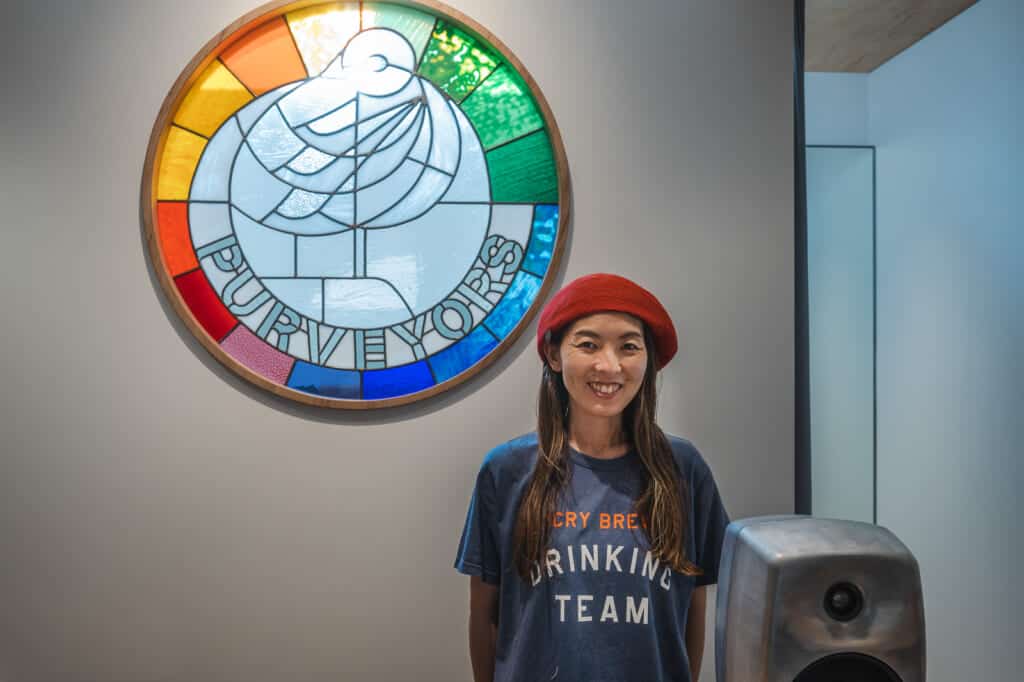
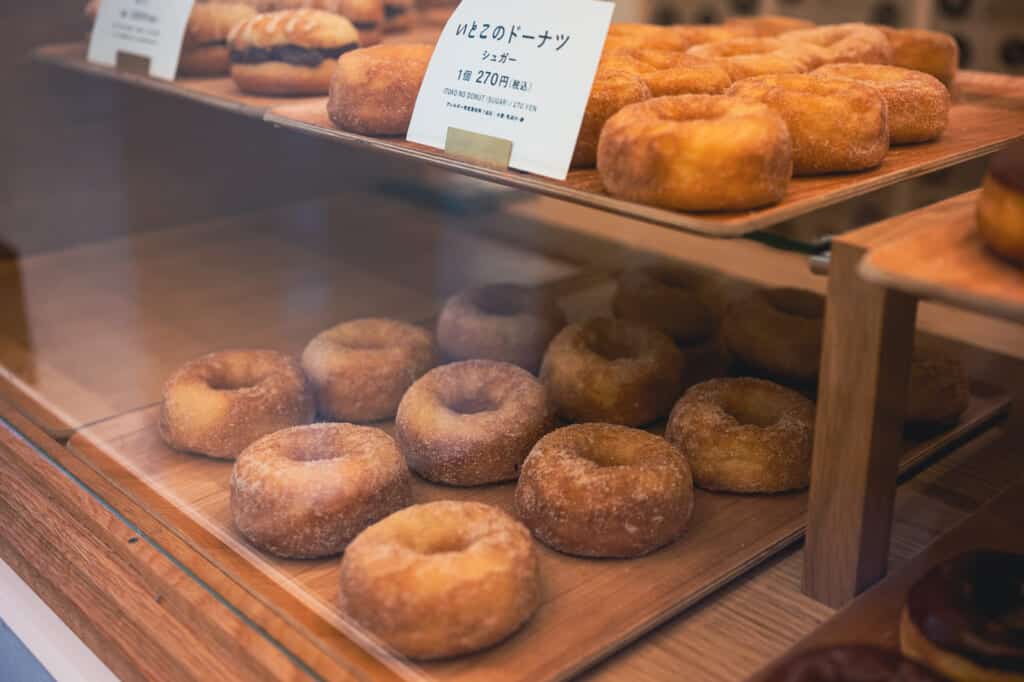
Businesses at Good News are small businesses that aim to create a place where people of all backgrounds can connect through food under the vision of a “big dining table,” and create a community where the creators, buyers, workers, and everyone else involved can be happy. For example, the shop Kona and Spice produces delicious curry bread with the idea of reducing food waste in mind. Barbour Hirayama turns cut hair from its salon into compost. Neighboring shop Norfolk Gallery sells non-standard flowers that would otherwise be thrown out by floral shops. And Brown Cheese Brother produces a uniquely delicious cookie made from brunost (brown cheese), a traditional food of Norway. Brown cheese is leftover whey from the cheesemaking process that would typically be disposed of as food waste. There are many other businesses here too, including a cafe and chocolatier, each contributing uniquely to environmental sustainability, fair trade practices, and more.
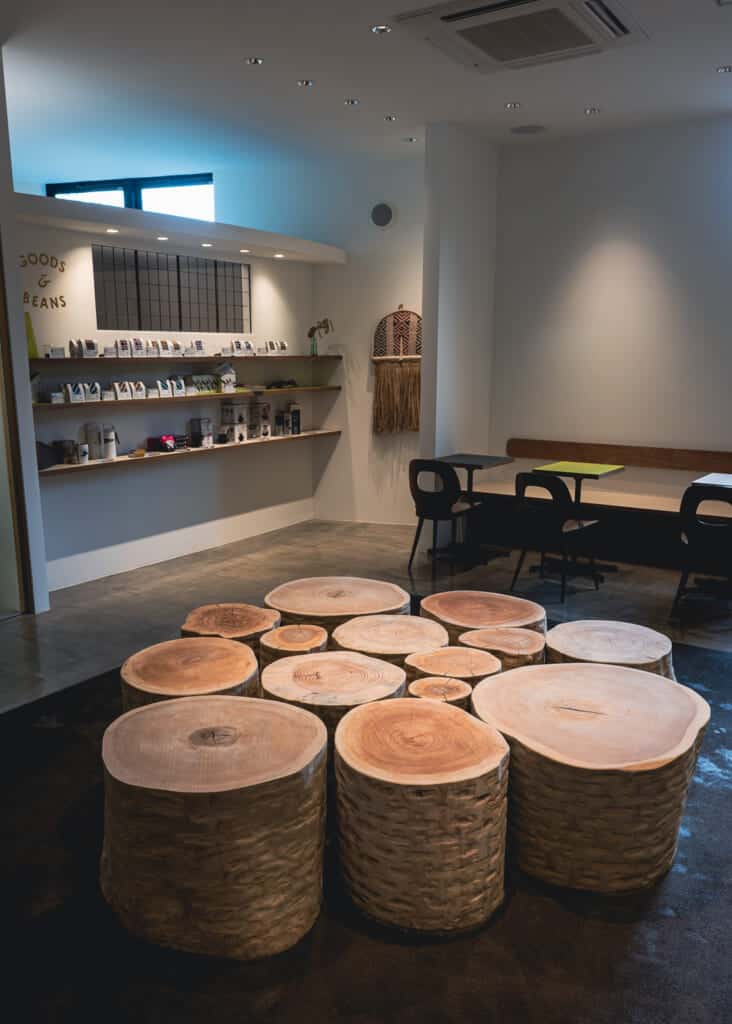
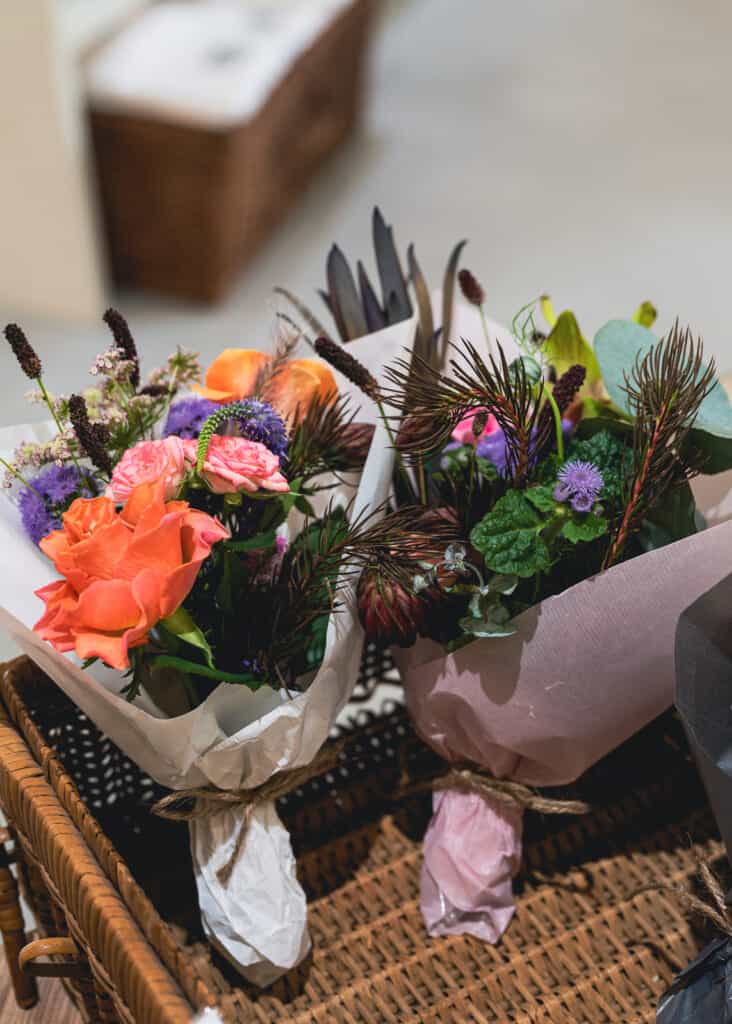
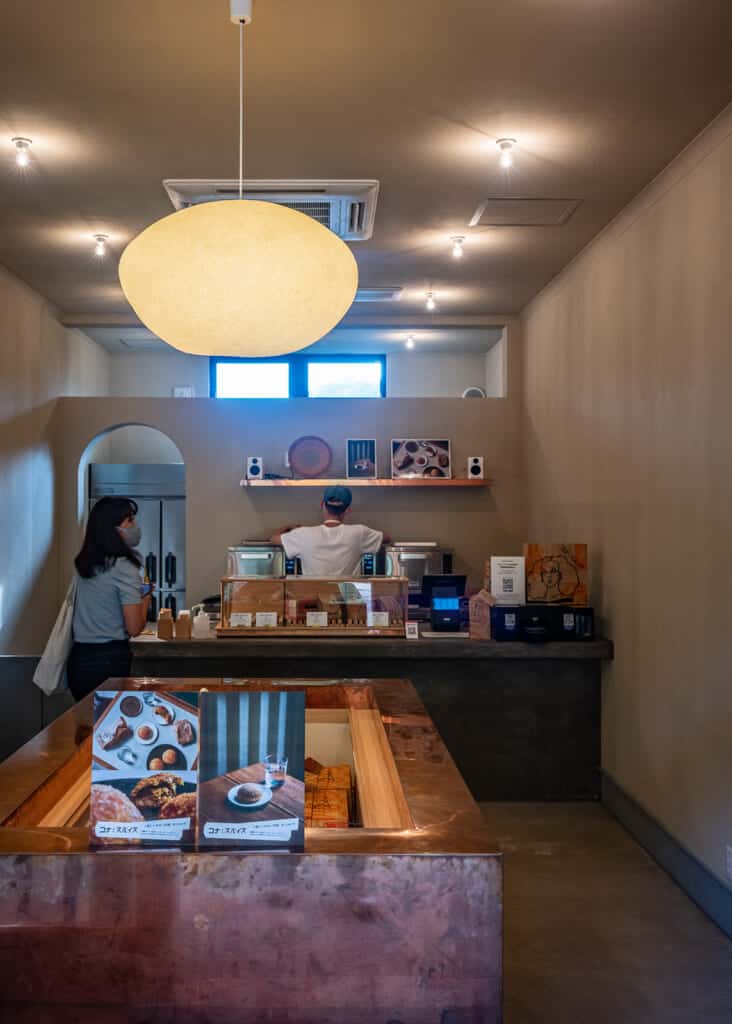
For those interested in the sustainability movement among the food and agriculture industries, Good News provides a powerful object lesson that cannot be learned from reading a dozen books on the subject. But even if you simply enjoy delicious and unusual foods in a beautifully curated environment that is part commercial, part natural, and part community-centric, Good News is an attraction without peers.
Shiroiya Hotel: Art & Luxury Redefined in this Concrete Building in Gunma Prefecture
First-time visitors to the Shiroiya Hotel might suspect it is simply a uniquely designed luxury hotel. It is that, but the back story and concept of this one-of-a-kind hotel in downtown Maebashi City make it a tremendous success story of community rejuvenation.
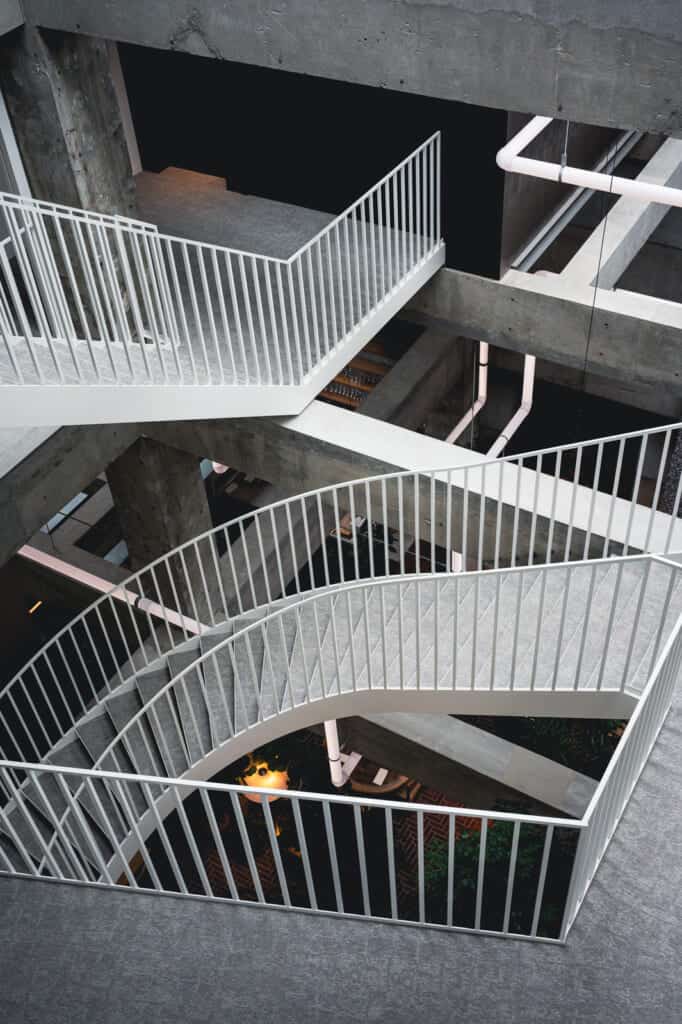
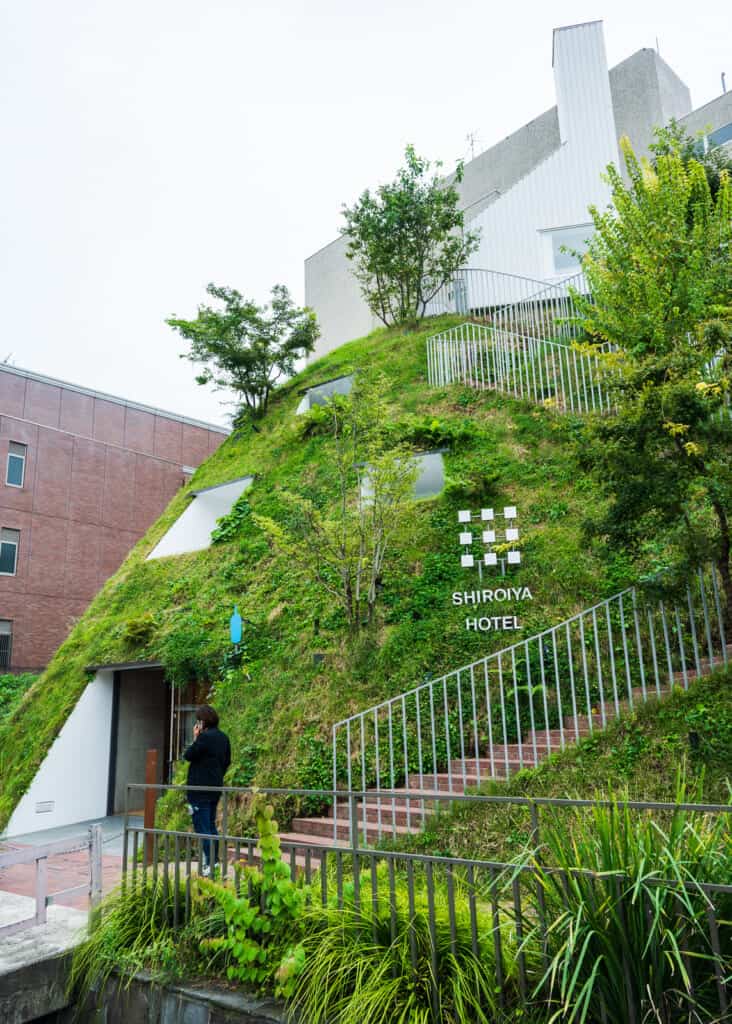
To set the stage for this story, one needs to understand a brief history of Maebashi (前橋市), the capital city of Gunma Prefecture. Maebashi has existed as a city for thousands of years and held great influence as a political and trade center through the Edo Period ending in the late 19th century. After that, Maebashi continued to thrive as a silk-producing city until World War II, when it was thoroughly bombed as a part of Japan’s military-industrial complex. After the war, with the introduction of foreign silk into the domestic market, the silk industry never recovered, and Maebashi city center entered a period of stagnation.
During those glory days of the Edo Period over 300 years ago, Shiroiya Ryokan was established in central Maebashi. And for those 300 years, it remained and evolved, becoming a relatively non-descript concrete building in the 1970s. The 21st century could have seen the end of the Shiroiya legacy, but a group of local businesspeople persuaded successful hometown entrepreneur and philanthropist Hitoshi Tanaka to purchase and renovate Shiroiya as a centerpiece of a revitalized downtown area. And renovated it he did, with the help of famous architect Sou Fujimoto and dozens of artists, including Leandro Erlich, Lawrence Weiner, and Hiroshi Sugimoto.
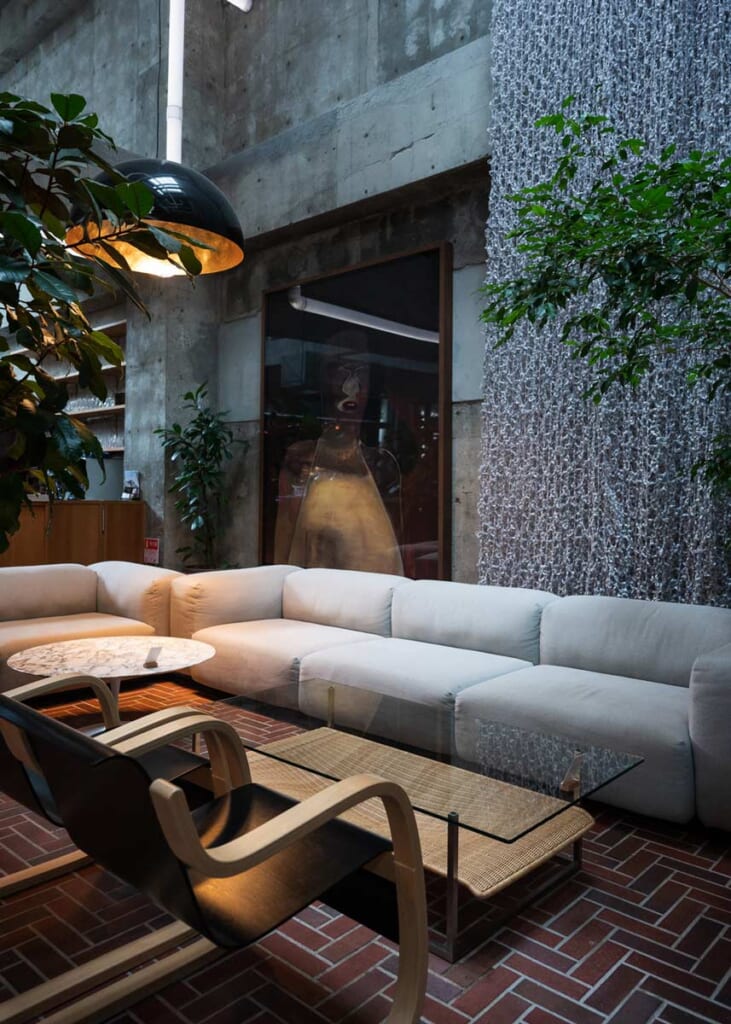
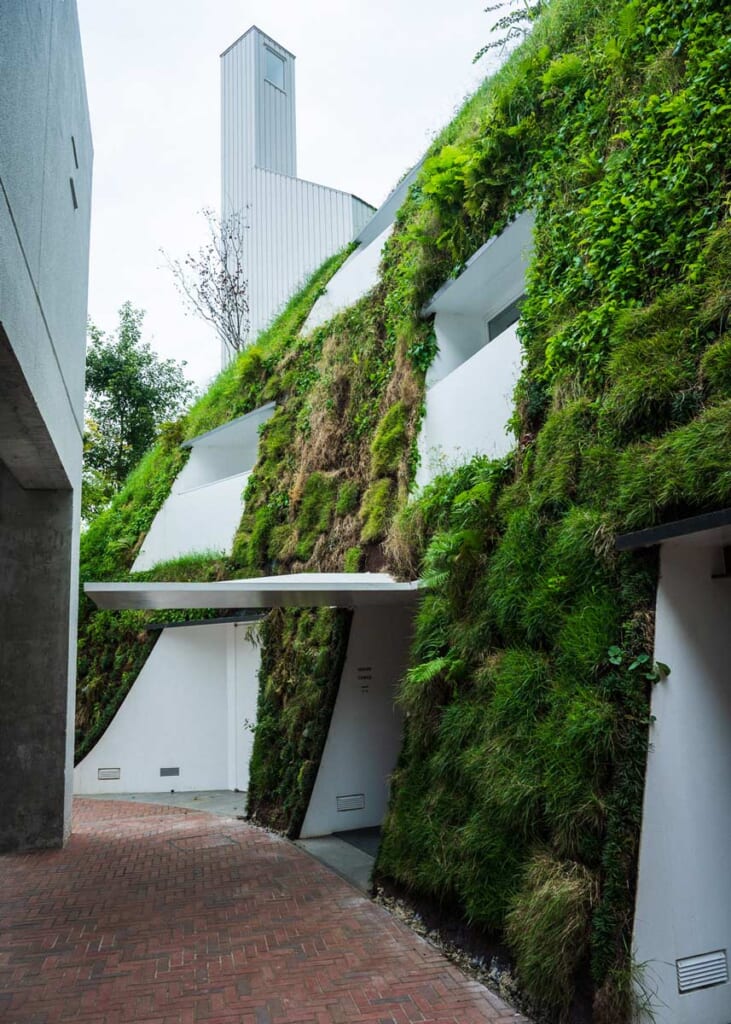
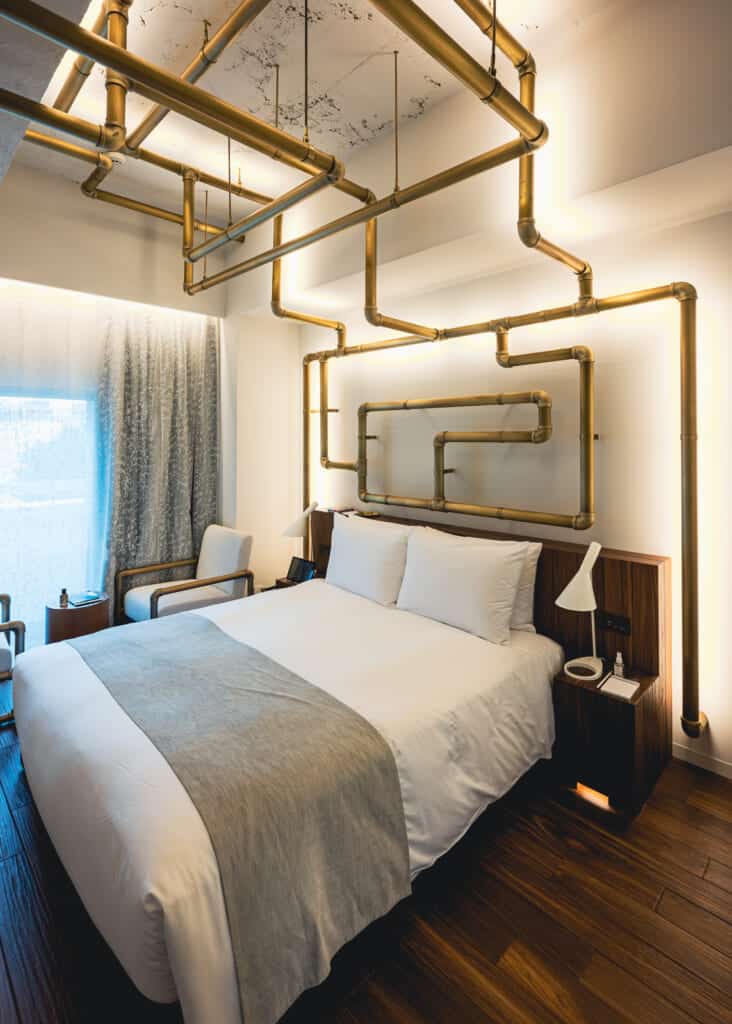
Each of the 25 rooms of this boutique hotel is unique in design and appearance, with four rooms specially designed exclusively by famous artists. Art is the feature here, with art displayed throughout the complex from well-known international artists and local ones. Rather than completely destroy the original building, Fujimoto chose to reuse the structure to reduce the renovation’s environmental impact and as a tribute to the centuries-old history of the Shiroiya Hotel. Even the name Shiroiya was retained for the hotel.
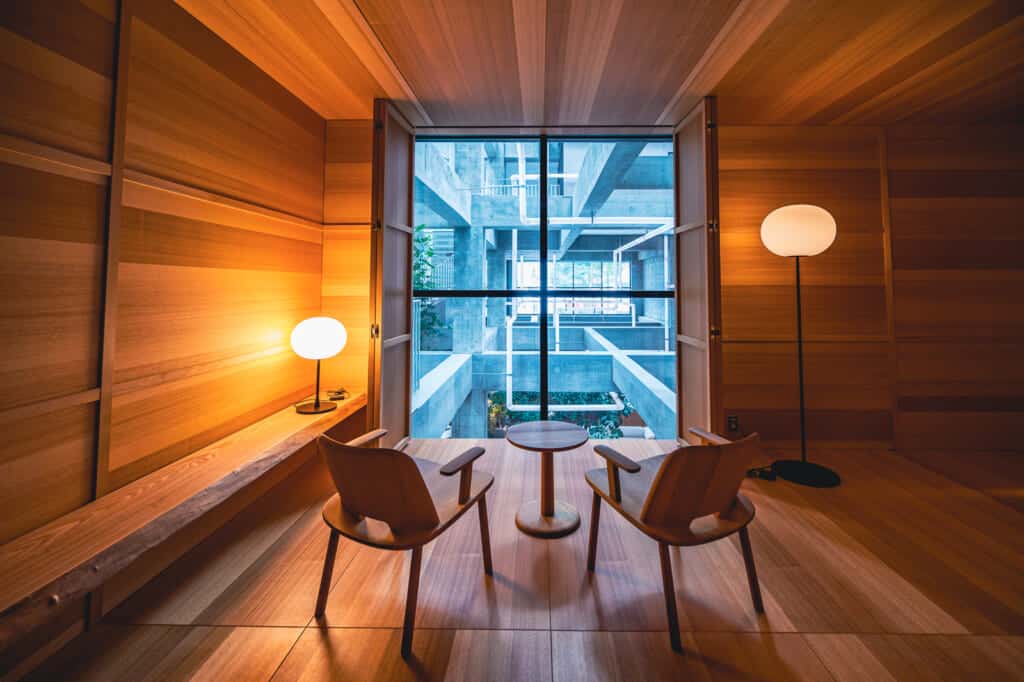
An additional building known as the Green Tower was also constructed in the image of a grassy hillside typically seen along the Tone River in the Maebashi area. The hotel’s mission also resonated with Blue Bottle Coffee of Oakland, California, who opened a shop in the hotel, appealing to Blue Bottle’s similar mission to help revitalize its neighborhood in Oakland the same way Shiroiya was doing for downtown Maebashi.
Yet a great hotel alone cannot revitalize a community if it cannot capture the local audience. So the Shiroiya Hotel was renovated not just into a beautiful hotel, but as a space the community could also come and enjoy as a source of civic pride. The spacious atrium lobby has plenty of seating and two restaurants and holds occasional events, such as concerts for visitors and locals alike.
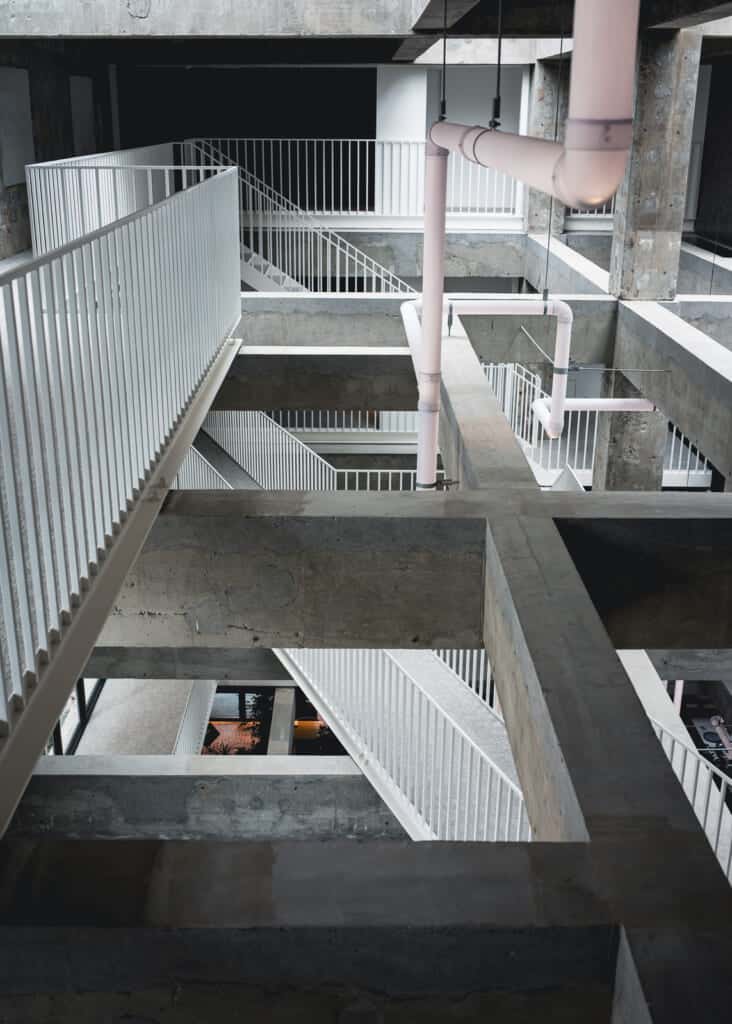
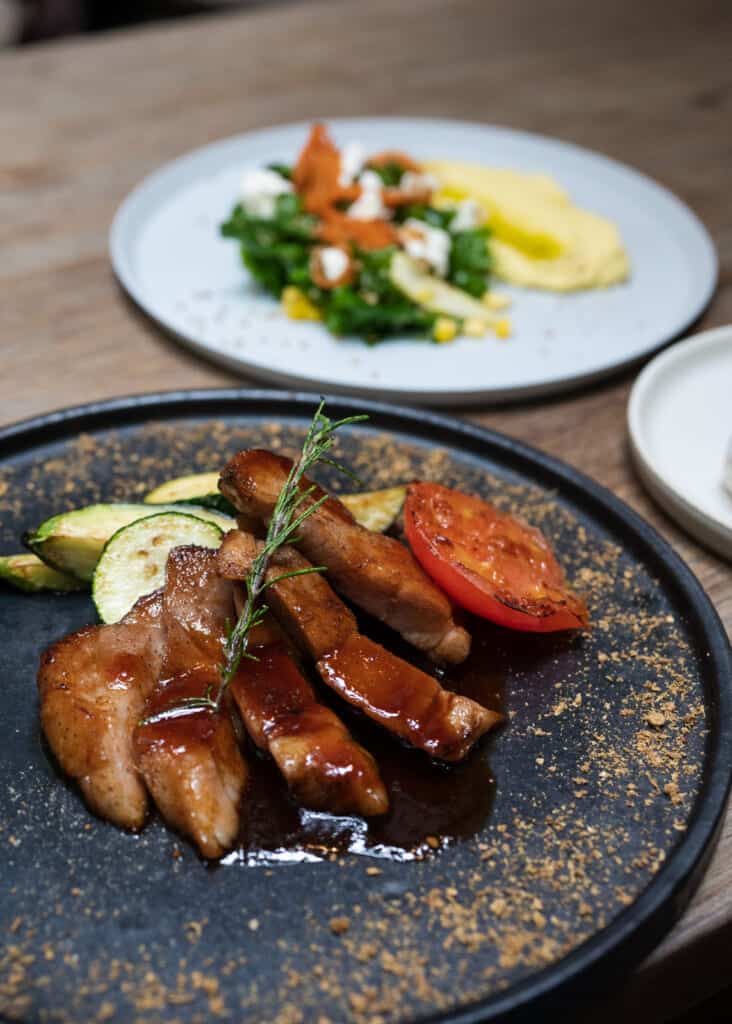
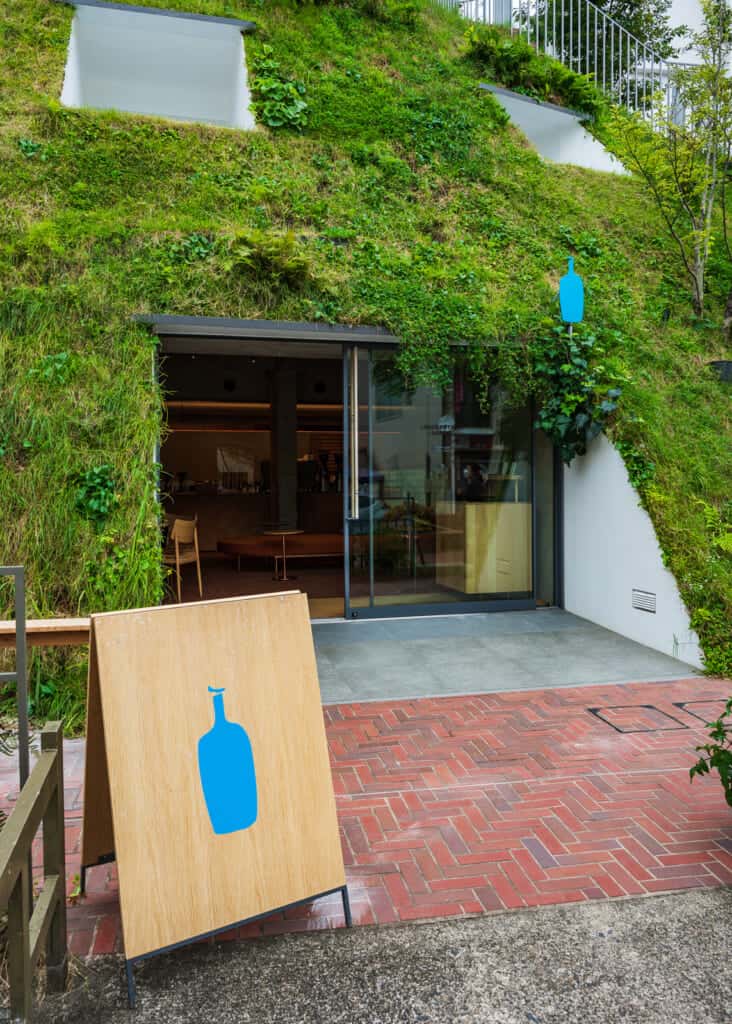
So far, it appears that Shiroiya’s mission is a success, with many small businesses, such as cafes and restaurants, springing up around the hotel and major construction in the nearby area. The lobby buzzes with patrons, some hotel guests, but many local people enjoying a sumptuous meal at one of the hotel’s restaurants or meeting friends for a chat over coffee and dessert.
Use the JR Pass to Save Money On Your Trip
Many destinations in and around the Kanto area, including the areas covered in this article, can be reached using JR trains. If you plan to travel outside of the Tokyo area on public transportation, consider using these discount transportation passes to save money during your trip to Japan:
For travel to and within Ibaraki, Tochigi, and Gunma, consider the JR TOKYO Wide Pass, with three days of unlimited travel on many train lines within Tokyo and these prefectures. For travel to and within Fukushima, the JR EAST Pass allows you five days of unlimited travel to and from Fukushima and the Tohoku region, including the use of the Tohoku and Akita Shinkansen line. Note that both passes can be used by foreign passport holders living in Japan as well as overseas visitors.
Be sure to check out our other articles about more of the best examples of sustainable tourism in and around Tokyo:
The Best Examples of Sustainable Tourism in Yamanashi, Nagano, and Niigata
The Best Examples of Sustainable Tourism in Kanagawa, Chiba, Tokyo, and Saitama
If you find these unique destinations intriguing, you’ll find them all and many more on the social media accounts of Tokyo and Around Tokyo. Join us on Facebook and Instagram to explore more of the endless possibilities in sustainable tourism and beyond.
Sponsored by Tokyo & Around Tokyo Promotion Council


